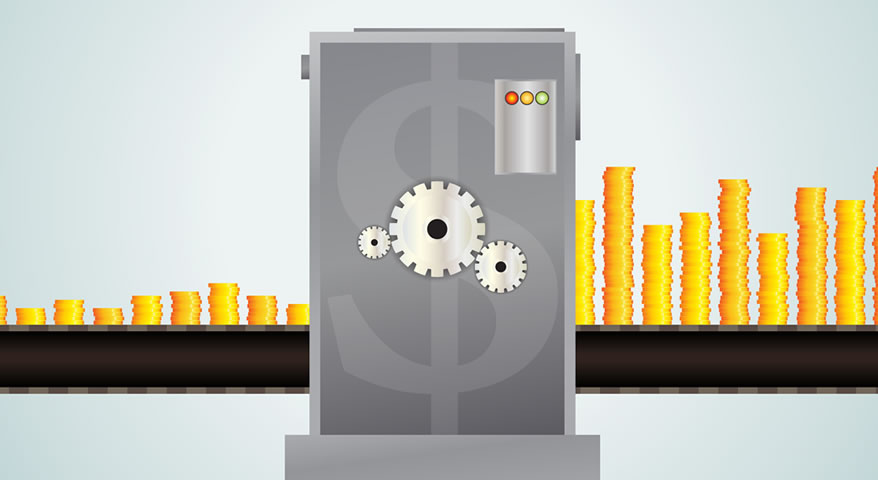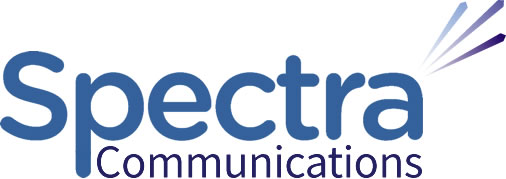
In my previous article How to leverage your 8 hidden assets in your marketing channels, I gave tips on making marketing material effective for engineering, technology, and manufacturing businesses. Now we look at websites in particular…
1. The attraction of a good look
- The design creates the first impression – but it’s about quality, not quantity, of images
- An integrated colour scheme that supports your logo and branding works better than the chaos of too many colours
- Contrast (of colour or brightness) should be used to highlight important things, not distract from your main message
2. Well organised – to get around easily
- Your website needs to give a positive ‘usability’ experience to keep visitors coming back
- Simple layout with a ‘unified flow’ (versus fragmented information) is easier to follow, with adequate white ‘breathing’ space to ease the eyes
- Each page needs to have a clear focus (except your home page) with not too many side issues or clutter
3. A compelling message – to command attention
- Focus on your target audience’s needs, fears, pains, questions, and emotions, then state the key benefits you offer them, and say something unique, provocative, or curious to grab attention
4. The key elements to catch the eye
- Your text should be easy to scan, so important things are conveyed in your headline, sub-headings, and bold text, not hidden in large chunks of text for readers to wade through (which they probably won’t, then leave your site)
- Your headline is your best shot at grabbing attention, and if you don’t get them here, they’re unlikely to look any further
- Sub-headings are your next best opportunity to catch attention, so use them effectively
- Use bold type in the body text for important things not in sub-heads, but don’t over-do it as it can look messy and hard to read
- Use bullet lists to ‘punch-out’ key points, and research has shown that people tend to look at the first two and last items most, so if you have more than 7 bullets, break them down into categories like I have here to avoid the old ‘needle in a haystack’
- Images need to have clear meaning and purpose, to support the text, not distract from it, so eliminate unnecessary links and buttons that distract your visitor’s attention
5. Match your visitors’ thought sequence – giving them what they’re looking for
- Each type of visitor should be able to find what they need, and relevant pages in your site should follow their thought sequence
- Each page should lead on somewhere if possible, not a ‘dead-end’
- Have a clear sales conversion process: engage your visitor by acknowledging their needs and answering their questions, touch their deeper motivations to hold their interest, then present your product or service to them as the answer, then finally a call for response
6. Actionable – for the outcomes you want
- Have clear actions for your visitors to take – filling-in a form, requesting more info, making an enquiry, or product purchase
- Your visitors shouldn’t have to think too much, e.g. don’t have too many options to choose, so guide them helpfully to their destination
- If significant risk is involved for them, ease their ‘anxiety’ by stating a guarantee or showing a testimonial next to the action button
7. Optimised for search engines – to attract the right audience
- Basic search engine optimization hasn’t changed much over the years, so as long as you help Google to connect searchers with quality content, you’ll be rewarded, but contrived tricks can be penalized these days
- Find the relevant search keywords that your target audience uses (with the Google AdWords keyword tool)
- Each page should focus on 1-3 keywords
- Embed keywords in the page title, headlines, sub-headings, and body text, plus image <alt> tags, web page URL (address), and file names if possible, but don’t over-saturate with keywords as it could work against you – so use a natural variety of synonyms (similar words) as Google is getting more ‘human’.
Some of the above points aren’t easy to achieve and can get a ‘bit technical’, but help is available.
